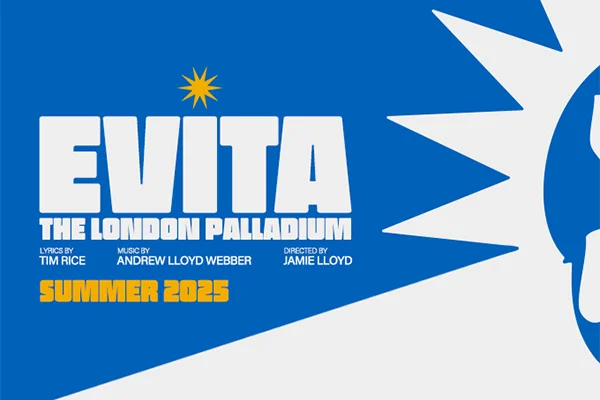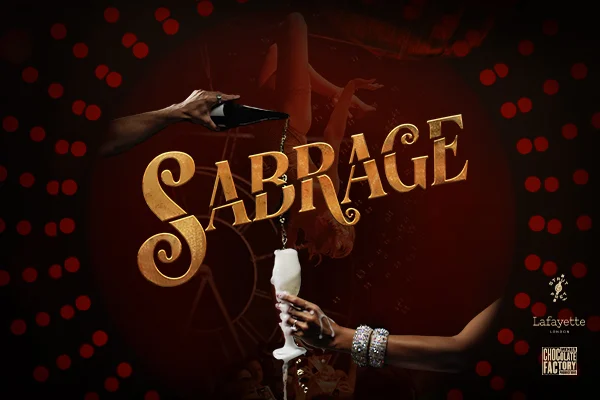COMŒDIA takes on the ambitious challenge of reviving the vivacious spirit of the traditional Italian theatre form, Commedia dell'Arte. Presented as a solo pre-recorded online performance, it attempts to immerse us into the world of traditional Italian masked theatre with its iconic characters, from the lovesick lovers to the silly old father and twins separated by fate.
A bold attempt to capture the essence of the rich theatrical tradition
I applaud the initiative of dusting off old traditions and nudging them into this century. Commedia dell'Arte, originating from 16th-century Italy, has had a profound impact on Western theatre, influencing everyone from Shakespeare to modern improv comedy. It can be seen as the birthplace of genres as diverse as Punch and Judy and Eyes Wide Shut.
As COMŒDIA showcases, Commedia dell'Arte relies heavily on distinctive costumes, masks, and personality traits, making each character easily recognizable to the audience. The art form is highly physical, involving slapstick comedy and what the Italians call 'lazzi'—comedic routines inserted into plays to heighten their entertainment value. Despite its humorous nature, Commedia dell'Arte often includes pointed social and political commentary on themes like class structure, gender relations, and hypocrisy.
In Gian Marco Pellecchia’s COMŒDIA, most of the scenarios are drawn from Il teatro delle favole rappresentative by Flaminio Scala. This adaptation removes a crucial element of Commedia dell'Arte: improvisation and audience participation. It is hard to say how the performance would play in front of a live audience, but in this online video version, we are relegated to the passive role of spectator.
Pellecchia is a fine actor, interpreting a vast array of complex emotions and often being more melodramatic than your average fringe drag queen. The monologue, which often transforms into a lively dialogue or even a trilogue, is delivered in a mix of Italian, English, and gibberish. Pellecchia's 'lazzi' in the performance involves mixing contemporary pop song lyrics into the dialogue, which is a stroke of genius. Plot-wise, COMŒDIA offers an array of twisted scenarios that maintain the suspense and humour intrinsic to Commedia dell'Arte. The set design is minimal, so the focus remains wholly on the performer's mastery of each character's physicality and quirks.
The primary limitation of COMŒDIA is its nature as a solo performance. The performer, whose energy and versatility are commendable, juggles multiple roles and an array of distinctive masks. His ability to shift from the youthful exuberance of the lovers to the doddering silliness of the old father is impressive. However, the essence of Commedia dell'Arte, deeply rooted in dynamic interactions and the chemistry between characters, occasionally suffers from the constraints of a solo act. Some dialogues, meant for a lively ensemble, lose their impact when delivered in solitude.
While COMŒDIA is a bold attempt to single-handedly capture the essence of the rich theatrical tradition, it falls short of delivering the full dynamism and relational comedy that define Commedia dell'Arte. It's a commendable performance that shines in moments but ultimately reminds us why these characters are traditionally played by a bustling troupe rather than a lone actor.
Masks, as we all know, reveal rather than conceal. So instead of taking us on an emotional journey around Venice, COMŒDIA leaves us in a void. Since there is no live version of the show available, I recommend spending your money on a slice of pizza and a gelato, and paying tribute to Commedia dell'Arte by watching a Shakespeare play or some fresh improv comedy.


















